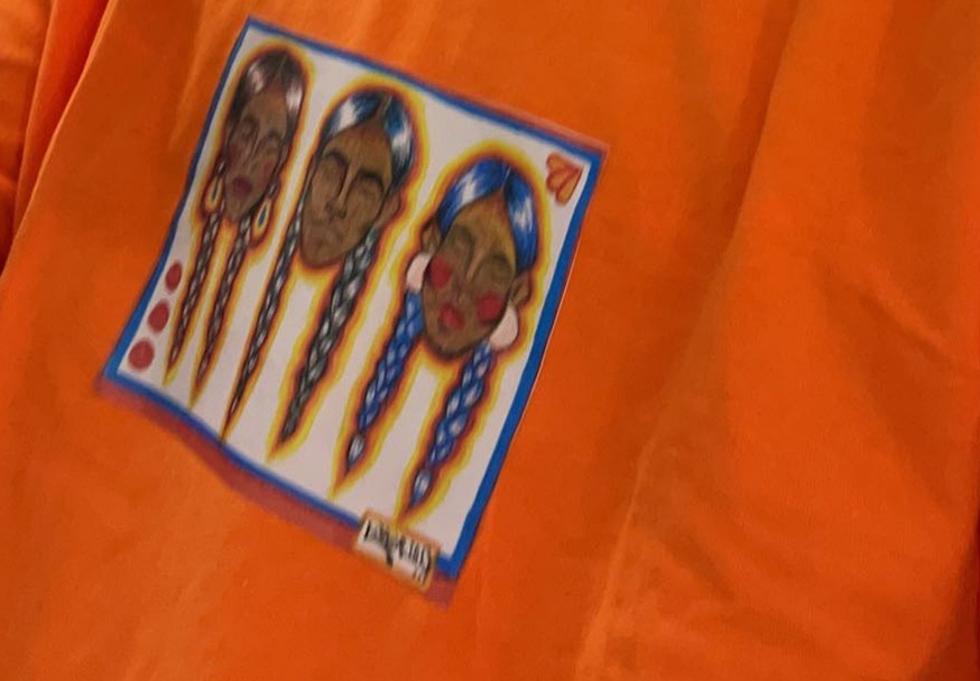
Tragic History of Montana Boarding School Victims and Why We Wear Orange in Remembrance
You may recently have read about the mass graves that are being uncovered all over the U.S. and Canada, full of the bones of unidentified Indigenous children. These little ones were victims of residential and boarding schools from the 1860s to the 1960s. This dark Montana history may have affected your own family, here's a very short explanation, and why we wear orange in remembrance.
For a century, many Indigenous children in the U.S. and Canada were forcefully snatched from their families and taken to Christian boarding schools. The federal government and churches would take the children's clothing, cut their hair short, and completely strip them of their culture and heritage, even brutally punishing them if they spoke a word of their Native language. Many of these children were also raped and forced to give birth at young ages, it's a soul-crushing history that most Indigenous people know about, but with the discovery of mass graves, is receiving much overdue global attention.
The reason these forgotten children, thousands and thousands of them, are represented by the color orange originates with residential school survivor Phyllis Webstad of Michigan. When Phyllis was just 6-years-old, her mother bought her a special orange shirt that she was excited to wear to the first day of school. Devastatingly, it was a boarding school where the nuns took her beloved shirt, which was just the first act of horror she would experience during her years at the residential school. Phyllis started Orange Shirt Day to bring awareness to a history that had been swept under the rug until mass graves were recently discovered in the U.S. and Canada.
In an effort to raise awareness for the forgotten children and the generational trauma our families have experienced, the University of Montana will foster healing with several events in October, including an "Every Child Matters March" on the Oval on Monday, October 11th, coinciding with Indigenous Peoples Day. Find the schedule of events here.
If your grandparents ever mentioned Ursulines school on the Flathead Reservation, this is what they were talking about.

